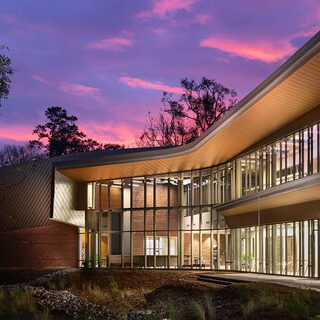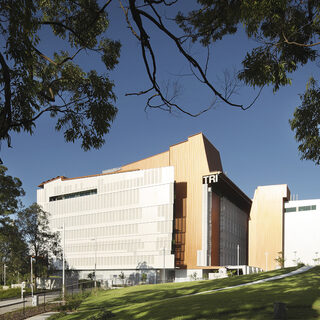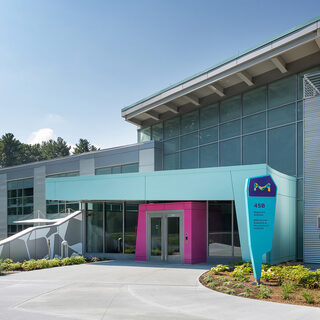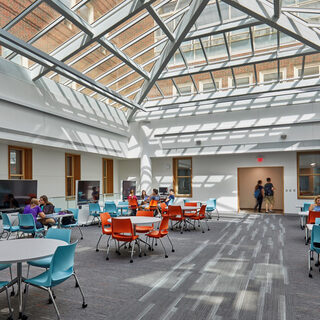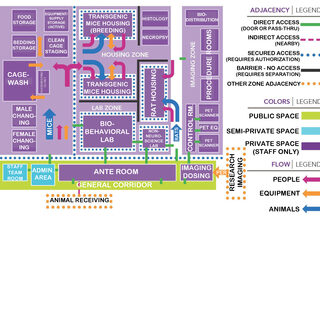Tradeline's industry reports are a must-read resource for those involved in facilities planning and management. Reports include management case studies, current and in-depth project profiles, and editorials on the latest facilities management issues.
Latest Reports
Health Professions Academic Building
As a new paradigm for healthcare leadership training in the Coastal Georgia region, the Health Professions Academic Building at Waters College of Health Professions will serve Georgia Southern University’s mission to drive economic and regional workforce development needs. The new building houses state-of-the art simulation facilities, nursing skills and assessment labs, a large multi-purpose space, conference room, classrooms, open collaboration spaces, student study rooms, shared lounge space, and active learning/teaching labs that serve many of the university’s programs, including cardiovascular interventional sciences, radiologic sciences, nuclear medicine, medical laboratory science, respiratory therapy, and communication sciences and disorders.
From Start-Up to Established Facility: Australia’s Specific-Pathogen-Free Vivarium Traces its Operational History
Operations at the Specific-Pathogen-Free (SPF) vivarium in Australia’s Translational Research Institute (TRI) are likely indicators of trends in animal facilities across the globe. The benefits of automated systems for watering and cagewash, and a robust database to capture a host of operational details—from sterilization runs to task scheduling to costing—have been clearly proven. At the same time, new directions in research, such as study of the microbiome and the gut-brain axis, are sparking a greater need for germ-free and gnotobiotic facilities, a shift that leads to higher ratios of procedure-to-support space and increased staffing levels. The rederivation process and advances in animal health monitoring are also harbingers of change.
Project SagaMORE
EMD Serono’s SagaMORE project—designed to enhance the company’s progressive work culture through employee engagement, well-being, and biophylic design features—demonstrates why human health-centered design is the new frontier in the creation of built environments. The office complex, comprising an existing office building and a recent addition, is the first new and existing building project in the U.S., and only the second in the world, to achieve WELL Gold certification from the International WELL Building Institute (IWBI).
Reviving Legacy Buildings for 21st Century Science
Miami University and The Pennsylvania State University have transformed outdated buildings into modern STEM teaching and research centers while maintaining some of each building’s historic aspects. The projects aim to replace siloed labs, dark corridors, and dated HVAC systems with collaborative research facilities and up-to-date mechanicals, recapturing wasted space to provide areas where students can gather. Swing space for affected occupants was crucial—Miami University’s Pearson Hall remained partially occupied during construction, while Penn State’s Steidle Building was vacated—as was clear and frequent communication with faculty and other building users. Both projects required fairly complex phasing.
CAMH Employs Comprehensive Programming to Reinforce Vision for New Research Facility
A focused and comprehensive programming process was the cornerstone of planning for a new 380,000-sf, seven-story research building at the Centre for Addiction & Mental Health (CAMH) in Toronto, Canada. The building is part of CAMH’s multi-year, multi-phase redevelopment project, which includes construction of new inpatient and outpatient facilities, an emergency department, administrative facilities, and a new research building.

